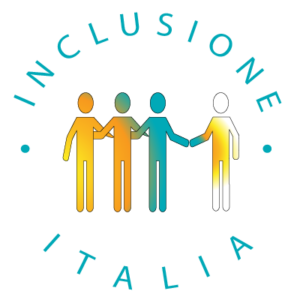
Migration hotspots in the EU States
The term “migration hotspot” is used to indicate the geostrategic entrances of territories that experience a disproportionate migration pressure. It was established during the meeting between the European Commission and the Italian government in the framework of the European Agenda on Migration in 2015. It is intertwined with the approach of the same name that was designed by the European Union to give on-the-ground support to Member States experiencing migration pressure. This approach helps the countries to deal with the record of arrival of migrants, mostly asylum seekers, who reached the European coast through the sea. The first two Member States where this Hotspot approach has been implemented were Italy and Greece. However, with the increase of immigration flows and the changes of migration roads, this approach has been recently extended to Spain.

The red spots represent the main entrances to Spain (Canary Island, Ceuta and Melilla) Italy (Lampedusa, Messina, Pozzallo, Trapani, Taranto) and Greece (Lesvos, Chios, Samos, Leros, Kos) from the migratory crisis since 2015. There are the European Union give on-the-ground support to the Member States within the migration hotspots approach.
The key to the journey: obtaining a legal status.
After the authorities have proceeded to identification, an interview follows during which migrants must present and prove the conditions of their personal vulnerability and the reason why they are asking for international protection. During this time, the role of linguistic-cultural mediators is fundamental. They work as the communication nexus between the public authorities and the migrant. After that, there are two possible results:
- Those who met the criteria of the asylum seeker’s status, immediately enter the reception system and later they will initiate a specific relocation process.
- On the other hand, those who do not express their intention to access the asylum-seeking procedure or do not fit the requirements will be either sent to the detention centre for their repatriation (CPR) or will be left to their own device in the host-country in a condition of irregular stay.
Terminology: migrants or refugees?
Migrant is the most common term but is not defined under international law, the International Organization of Migration (IOM) defines it as “reflecting the common law understanding of a person who moves away from his or her place of usual residence, whether within a country or across an international border, temporarily or permanently, and for a variety of reasons”. Therefore, inside this group we can find a large variety of categories from economic migrants to students or retired migration groups. This distinction is crucial for the next stage of the journey. In the case of migration hotspots, there are three categories to consider:
- The status of an asylum seeker is granted to individuals who are seeking international protection and are waiting to receive a final decision on their asylum claim. Not every asylum seeker will ultimately be recognized as a refugee and their legal status in the host country can become compromised.
- The status of a refugee as defined by the Geneva convention 1951 refers to “a person who leaves their country because of a well-founded fear of persecution for reasons of race, religion, nationality, membership of a particular social group or political opinion. Hence, they find themselves outside the country of their nationality and unable or, owing to such fear, unwilling to avail themselves of the protection of that country.” Therefore, the asylum seeker becomes a refugee when or if their request for asylum has been approved. Afterwards, they have a legal status and the right to access international protection.
- A third category is made of people who will either not be given the opportunity to ask for asylum or who will decide to continue their road irregularly to enter another country of the EU. Indeed, on one hand, some hotspots block the possibility to ask for asylum for specific nationalities considered as “safe countries”. On another hand, the Dublin regulation of 2015 makes it mandatory to process one’s application procedure in the country of arrival. Therefore, if some migrants want to go to another member state, for example if they have relatives or family, they might not ask directly for asylum at their arrival country.

